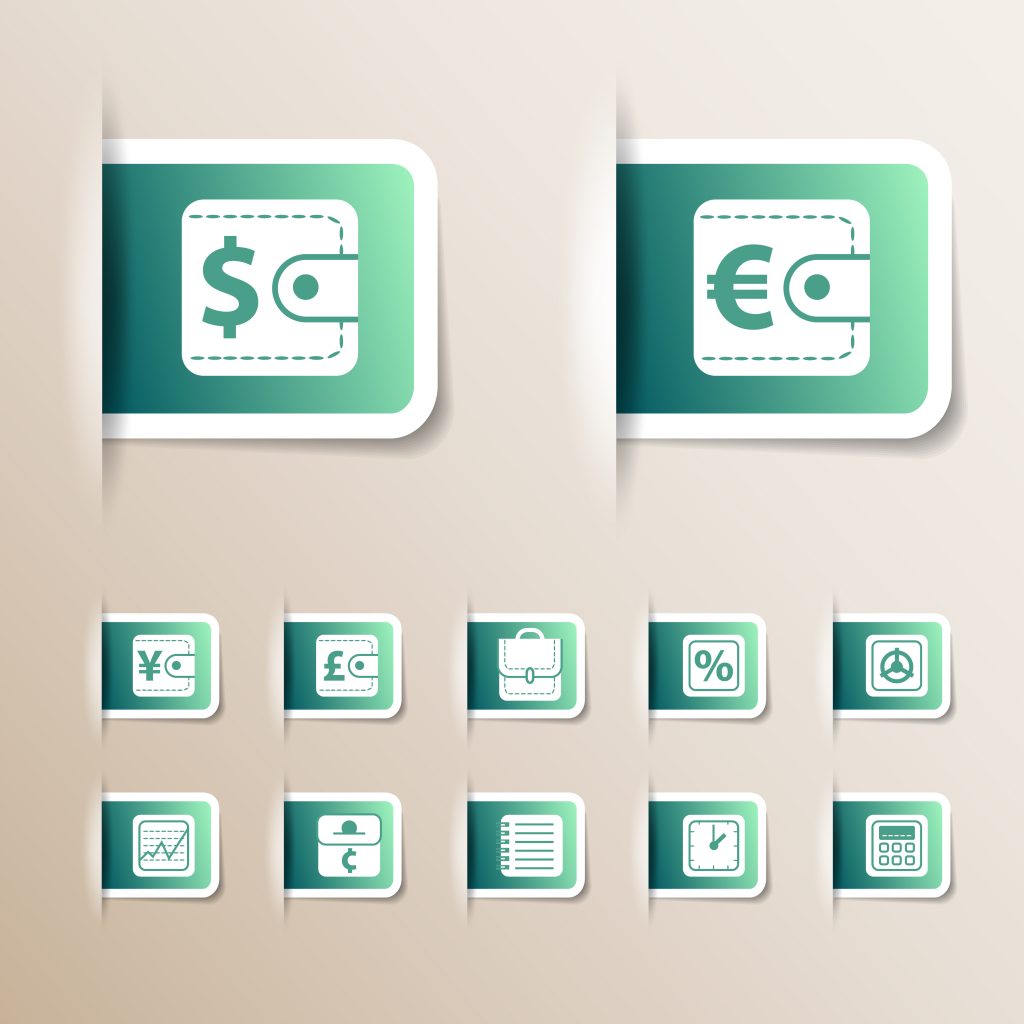What is Ecommerce accounting- The best practice to analyze your cash flows
If you are an eCommerce business owner and asked what the toughest task in running an eCommerce business is, then most probably you would answer ‘accounting’.
It has been seen that about 41% of business owners are able to maintain their account books by themselves without any external assistance, but the rest struggle in doing so.
But maintaining an account book and eCommerce accounting are two slightly different terms. Keeping the account books is a practice of maintaining a neat and clean financial record whereas accounting is analyzing the financial records and creating financial reports on the basis of which, future fiscal decisions are made. And that is why Ecommerce accounting is given a prominent status.
Let us understand what Ecommerce accounting is.
Ecommerce Accounting –
Ecommerce accounting is the collection of financial data related to business transactions and analyzing this data properly and reporting in such a way that, it becomes easy for future financial projections within an eCommerce business.
The data gathered while this process plays a vital role in taking a financial decision for the business in the near future.
And you must understand the importance of eCommerce accounting as, when your eCommerce business grows, eventually your fiscal transactions will grow. This will include many payments, returns, sales, banking charges, and all the other inwards-outwards, which need to be properly categorized and analyzed.
If you do not have a proper accounting system for your business, then the unmined financial data you gathered could lead you into big financial chaos, which you would never like to happen.
The primary purpose of accounting is to make you knowledgeable about the financial data and help you to make smart financial decisions in near future by taking note of the current situation.
Following are some of the Accounting tasks-
- Preparation of financial entries
- Financial Audits
- Tax reporting
- Financial forecasting
- Risk Analysis
- Preparation of Financial reports & statements
There are basically two types of accounting methods for eCommerce business –
Cash basis Accounting & Accrual Method
Cash Basis Accounting –
In this type of accounting, you add a record in your account book whenever the cash credits in your account or gets debited as an expense by incorporating this method, your account book will show all the information of the recent transactions from your bank account, both credit and debit in detail.

It is a very simple method to have an accounting system when you are just starting with your eCommerce business. As you can keep track of all the minute transactions happening from your account and also you will be clear about the cash left for disposal.
Another advantage of cash basis accounting is that you won’t need to pay tax on the payment you haven’t received at the end of the year, which eventually benefits in tax bills.
But as we discussed earlier, this method is only suitable for startups and not suitable for large eCommerce businesses as it is unable to record future fiscal measures.
Accrual Method –
Wondering What is accrual method? The accrual method is a type of accounting that makes you record every single transaction from your bank account as and when it happens, i.e. in real-time. It is a real-time accounting method as it keeps the record of every transaction happening at the moment and analyses further financial calculations.

Accrual Method is also called the traditional accounting method as most financial institutes use this method for their fiscal measures. Most of the auditors, finance experts, investors, and tax professionals prefer this method for their accounting needs as it is way more accurate and updated than the Cash Basis method.
But still, the accrual method will confuse you a lot as, you need to take into account the money you haven’t earned yet i.e. subject to clearing, and subtract the money you are yet to spend. This certainly creates confusion, if you are not clear with the transactions you have recorded or earned and the future transactions which you are yet to receive.
If you get over this, then this method surely assists you in the way you want, as it is a more realistic representation of your earnings for every month or quarter. Also, it allows you to make the right financial decisions based on the transactions recorded on a real-time basis.
Both these methods serve the purpose of proper accounting of your eCommerce business and give the approximate results that could help your eCommerce business grow.
 Start using ZapInventory today
Start using ZapInventory today

